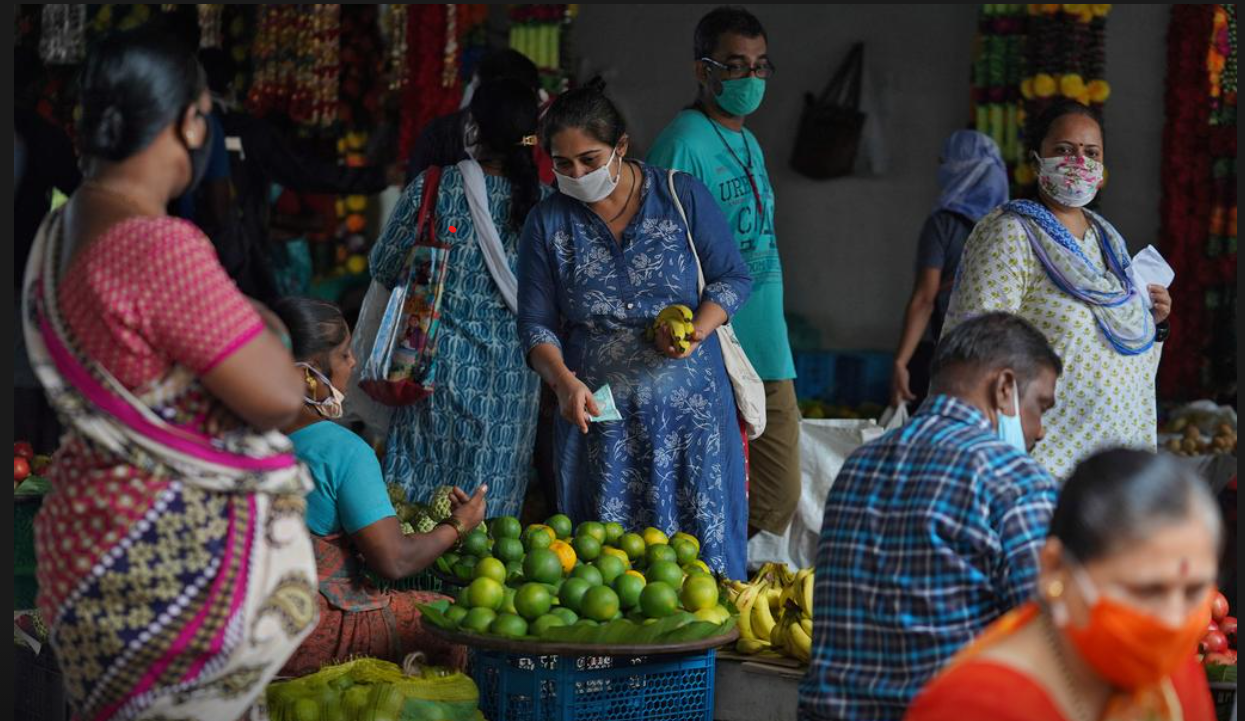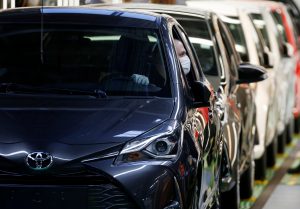(ATF) India’s economy returned to growth in the December quarter, marking the end of the coronavirus-induced contraction and even gathered pace as consumers and investors shook off the effects of the pandemic.
But a slowdown in the rate of capital accumulation as investments remained subdued – growing by a marginal 2.56% in the quarter and the surge of Covid-19 cases in parts of the country – is likely to lead to a subdued recovery over the next six months, experts said.
Gross domestic product (GDP) grew 0.4% in October-December compared with the same period a year earlier, data released by the National Statistics Office on February 26 showed.
That compared with the contractions of 7.3% in July-September and 24.4% in April-June last year, and points at a decent gain in growth momentum. The economy has been boosted by a recovery of consumer spending – the main driver – and Prime Minister Narendra Modi’s slew of tax incentives to boost the manufacturing sector.
FARMS AND FACTORIES
According to analysts, the pickup in growth was largely driven by continued robust momentum in agriculture (3.9%) and further improvement in manufacturing and mining, with construction and services also showing significant improvement.
Weakness in private consumption also eased markedly during the quarter, with purchases of durables picking up following the lifting of lockdowns.
The trade, hospitality and transport segment, which has been the most affected due to lack of mobility, grew 13% quarter-on-quarter. “It is important to remember that while some of the sectors have gone back to the pre-Covid levels, some of the contact intensive sectors are still struggling,” lead economist at Barclays Rahul Bajoria said.
Within services, however, trade and transport and financial services remained laggards despite improving domestic mobility. Public administration and other services (in part a proxy for government spending) remained in contraction mode (-1.5%) despite the central government’s robust revenue.
“India’s GDP data confirm that the economy continued to perform well at the end of 2020 and the outlook for this year has improved too as fiscal policy has been loosened substantially,” Shilan Shah, senior India economist at Capital Economics, said. “Even so, we doubt that GDP will be back on the pre-virus trend anytime soon,” he added.
MEDIUM-TERM RISKS
Analysts have warned that the recent surge of Covid-19 cases and subdued investments in the private sector would continue to weigh on the pace of the recovery.
“While new Covid-19 cases remain low, the recent flare-up in Maharashtra highlights the risk of targeted lockdowns in the near-term and the pace of vaccinations will determine the economy’s return to the pre-virus level,” Bajoria said.
That apart, core data also showed that private investments remained subdued. According to a Care Ratings report, new investment announcements in the third quarter of 2020-21 slowed down to $12 billion compared with $14.4 billion in the second quarter and $11.7 billion in the first quarter.
The second-quarter increase was not maintained, and industry is clearly in wait-and-watch mode. It will be hard to say how this would pan out for the January-March 2021 quarter, the Care Ratings report said.
According to Sakshi Gupta, senior economist at HDFC Bank, there are some risks that need to be watched as well, including rising commodity prices.
CONSUMPTION CONTRACTS
Data suggest sectors such as retail, airlines, hotels and hospitality are still reeling from the impact of the pandemic.
Disaggregated data also shows that domestic consumption continued to contract while real government spending dipped too, albeit marginally.
“Besides, the recovery appears to be led by capital and profits, and not improvement in labour and wages. The nascent and patchy K-shaped growth recovery post-Covid-19 comes with a potentially scarring and divided labour market,” Madhavi Arora of Emkay Research, said.
The effective fiscal policy stimulus remains sub-optimal too, indicating that sustaining sequential growth momentum beyond that will require an easing in the domestic structural overhang and a better global backdrop, she added.
























